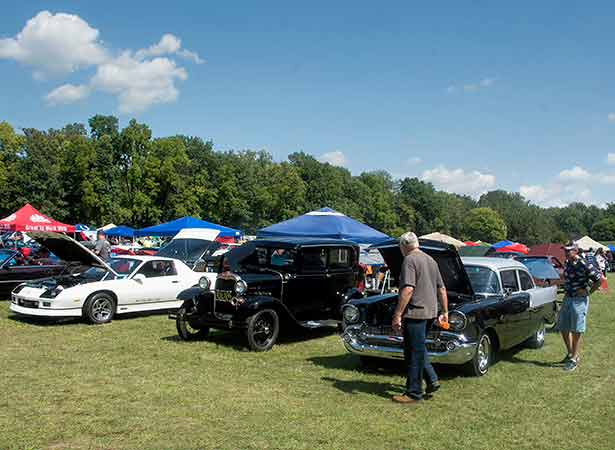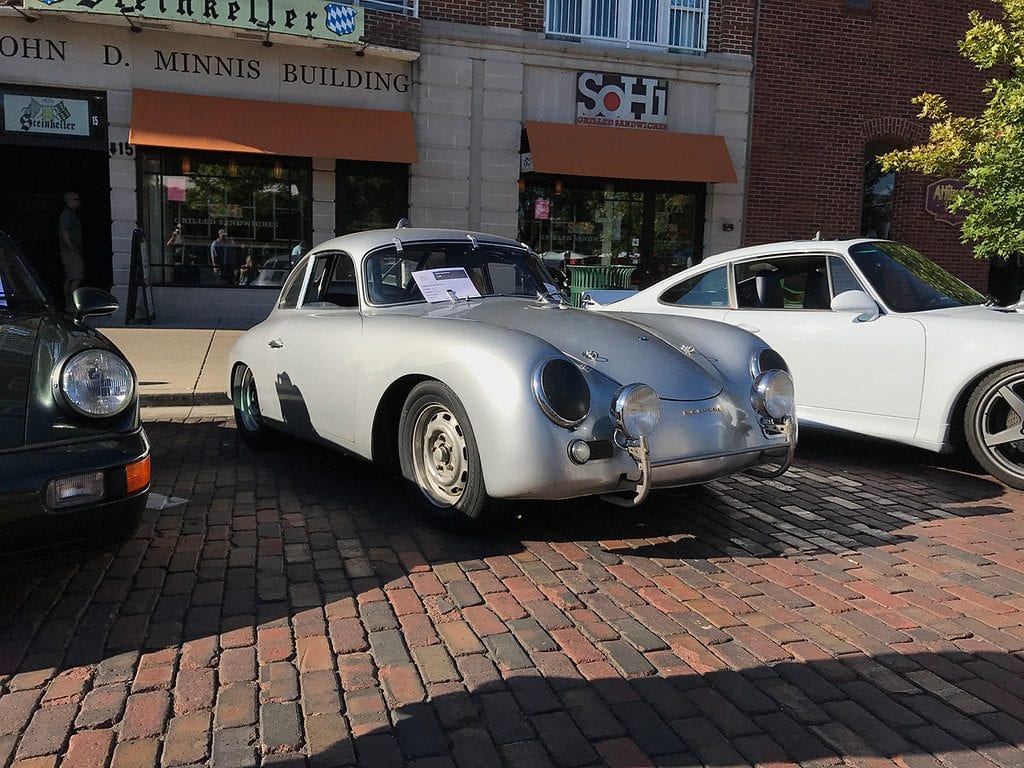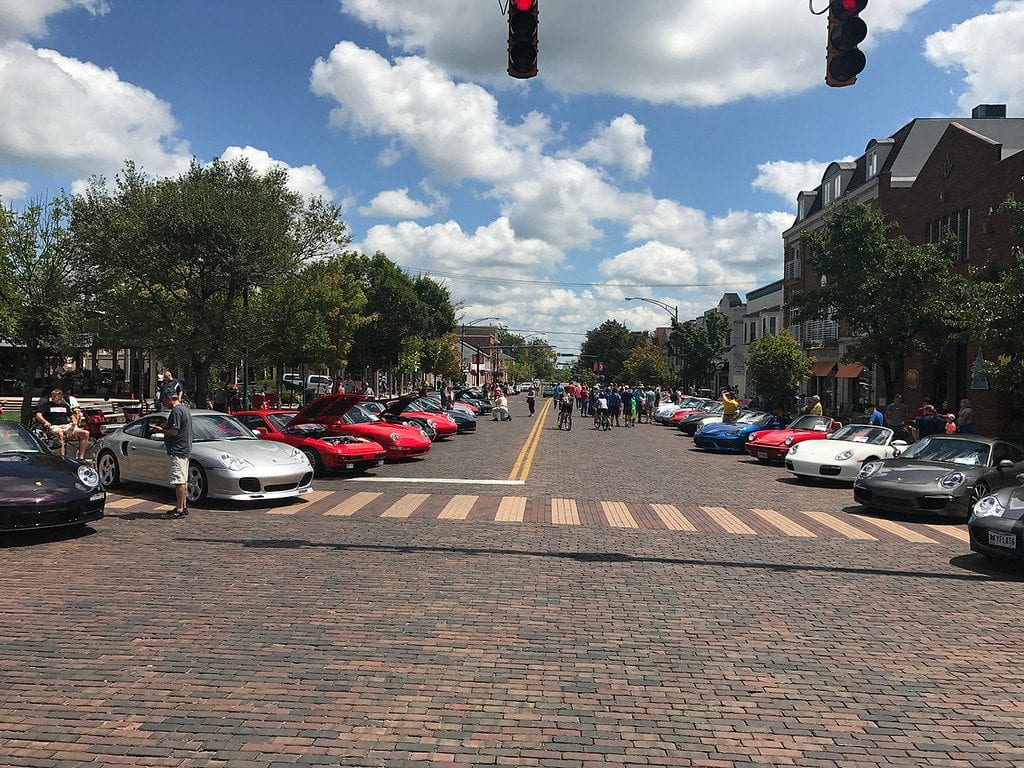The Ohio Bureau of Motor Vehicles (“BMV”) has made a unilateral decision to issue salvage titles to vehicles that do not meet Ohio’s definition of “salvage”. This decision was made without regard for the significant and detrimental impact to current owners, dealers, and prospective purchasers of used vehicles. The BMV’s policy requires the Clerk of Courts to issue a salvage title to any vehicle if sometime between 2009 and the present, a junk or salvage yard, salvage auction, insurance company, or similar entity reported the vehicle as a total loss, junk, or salvage to the national database for tracking titles, National Motor Vehicle Title Information System (“NMVTIS”). This reported data is more commonly known as “JSI” or “junk, salvage, and insurance information”.
The Registrar of the BMV has indicated that federal law requires this change in policy. The BMV fails to acknowledge that there is no federal mandate requiring that these vehicles be characterized as salvage. In fact, the opposite is true; the Department of Justice has publicly stated:
“Neither the Anti-Car Theft Act nor its implementing regulations require states to change the way they handle vehicle branding or other titling decisions. Although NMVTIS will include insurance, junk, and salvage data, and states will have unlimited access to such data, states are not required to take any action based on that data.”
For more information on JSI Reporting procedures, click HERE.
What Prompted the BMV’s Policy Change?
In December 2017, the BMV updated the Automated Titled Processing System (“ATPS”), which controls the title record in Ohio. A part of that update included accessing information reported by junk and salvage yards, insurance companies, and other third parties to NMVTIS when a vehicle was reported as junk, salvage, or a total loss (“JSI” or “JSI data”). Since 2009, federal law has required these entities to report JSI data to NMVTIS. JSI data may include a total loss resulting from an insurance company paying a claim for a stolen vehicle, or paying an owner the salvage value of their vehicle after an accident instead of paying to repair it. Therefore, many road-worthy vehicles are included in the JSI database.
The BMV’s new policy requires the Clerk of Courts to review the NMVTIS record. If JSI data is reported, regardless of whether the title has ever had a salvage brand in any state, the Clerk issues a salvage title to the owner.
Flawed Policy = Damage to Owners
OADA supports sharing information with owners and prospective purchasers so that they can make informed decisions about their vehicles. However, the BMV’s policy does not inform buyers of JSI information until after they purchase and attempt to title their vehicles. Owners, including our customers, buyers or sellers in the casual market, and dealers, are told that as a salvage vehicle, their newly purchased vehicle cannot be driven on the road or resold. The vehicle becomes worth no more than its scrap value. The BMV has not created any process for owners (dealers or consumers) to dispute the issuance of a salvage title.
The BMV’s policy is not supported by Ohio or Federal law and poses both a financial and a legal risk to dealers and consumers who attempt to sell these vehicles in the state of Ohio.
- JSI definitions for junk, salvage, and total loss are very broad. In contrast, the Ohio definition is laser-focused on the vehicle’s actual condition. Ohio law defines a salvage motor vehicle as “any motor vehicle which is in a wrecked, dismantled, or worn out condition, or unfit for operation as a motor vehicle.”, ORC 4738.01
- The decision to change the character of a title without prior notice to owners and prospective purchasers damages consumers and businesses economically and is fundamentally unfair. One goal of the federal law that requires JSI reporting states is to identify these vehicles to prospective purchasers.
- The BMV does not have the ability to proactively identify vehicles in Ohio or other states impacted by JSI data, so owners cannot be notified. Dealers and consumers will only find out about the JSI data after purchasing a vehicle and applying for title.
- JSI data is not reported by NMVTIS to all Vehicle History Reports (“VHR”). Only entities who pay for JSI data from NMVTIS can obtain it.
- Ohio law requires that the BMV provide motor vehicle title information to the public at no charge. Therefore, the BMV’s policy violates Ohio law because it fails to provide any information through the Ohio Online Title Inquiry, or any other online source, that would indicate that the vehicle will be issued a salvage title prior to the transfer of the vehicle.
OADA’s Position
OADA has strongly opposed the BMV’s policy since its implementation. Absent a statute or regulation, the BMV does not have authority to unilaterally issue salvage titles. As a direct result of our opposition, the BMV has subsequently filed administrative rules that attempt to codify its flawed policy. This is a positive first step since it requires a transparent process, involvement of all interested parties (including members of the Legislature), and a review of any adverse impact on business. OADA will be fully involved in this process.
Next Steps for Dealers?
While OADA continues pursuing a reasoned solution, dealers need to know what to do to minimize the risk of purchasing and selling vehicles that have a JSI designation. In the interim period, dealers need to consider accessing JSI information to better inform their purchasing decisions. OADA recommends contacting your vehicle history report (“VHR”) vendor to determine if this data is included in its reports. Some vendors purchase NMVTIS history reports and incorporate them into their VHRs. Others may include information regarding stolen vehicle, accidents, or reports from insurance companies regarding vehicle condition. Review these indicators carefully when making decisions about purchasing inventory.
If you have any questions or concerns, please contact OADA legal counsel, Sara Bruce or Matt Chacey. Sara can be reached at (614) 923-2243 or sbruce@oada.com. Matt can be reached at (614) 923-2232 or mchacey@oada.com.












